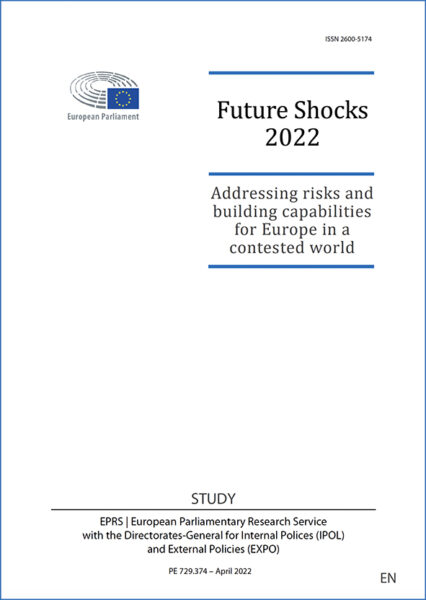Although the standard of living of Europeans gradually caught up with that of the Americans in the three decades after World War II, it would appear that the trend has dipped since the 1980s. Economic growth in Europe has stagnated, whereas growth has continued in the United States, despite events such as the bursting of the high-tech bubble, and September 11th. Is the decline of Europe compared with the United States unavoidable? What are the reasons for it?
Alain Villemeur describes the different paths taken by the two major Western blocs. He disentangles the reasons normally given to explain the poor results achieved in Europe (inflation, high interest rates, less flexible markets, industrial decline…) and challenges their validity in the light of the remarkable counter-example provided by the Netherlands.
In his view, the key to economic recovery in Europe lies in the investment countries are prepared to make in innovation and knowledge, and the way that innovations are achieved and implemented. What matters most now is to give priority to innovations in products (which means investing in research aimed at developing new products and services) rather than in processes (i.e. attempting to improve or copy innovations in existing products). It is a European country, Sweden, that provides the model for this approach.
For Alain Villemeur, the only means of reversing the economic decline of Europe over the last 20 years lies in combining strong support for research and development and innovation (on the Swedish model) with close control of wage costs (as in the Netherlands), and ensuring that this strategy applies also to the new members of the European Union.
Europe et États-Unis : la divergence économique
Cet article fait partie de la revue Futuribles n° 299, juil.-août 2004


